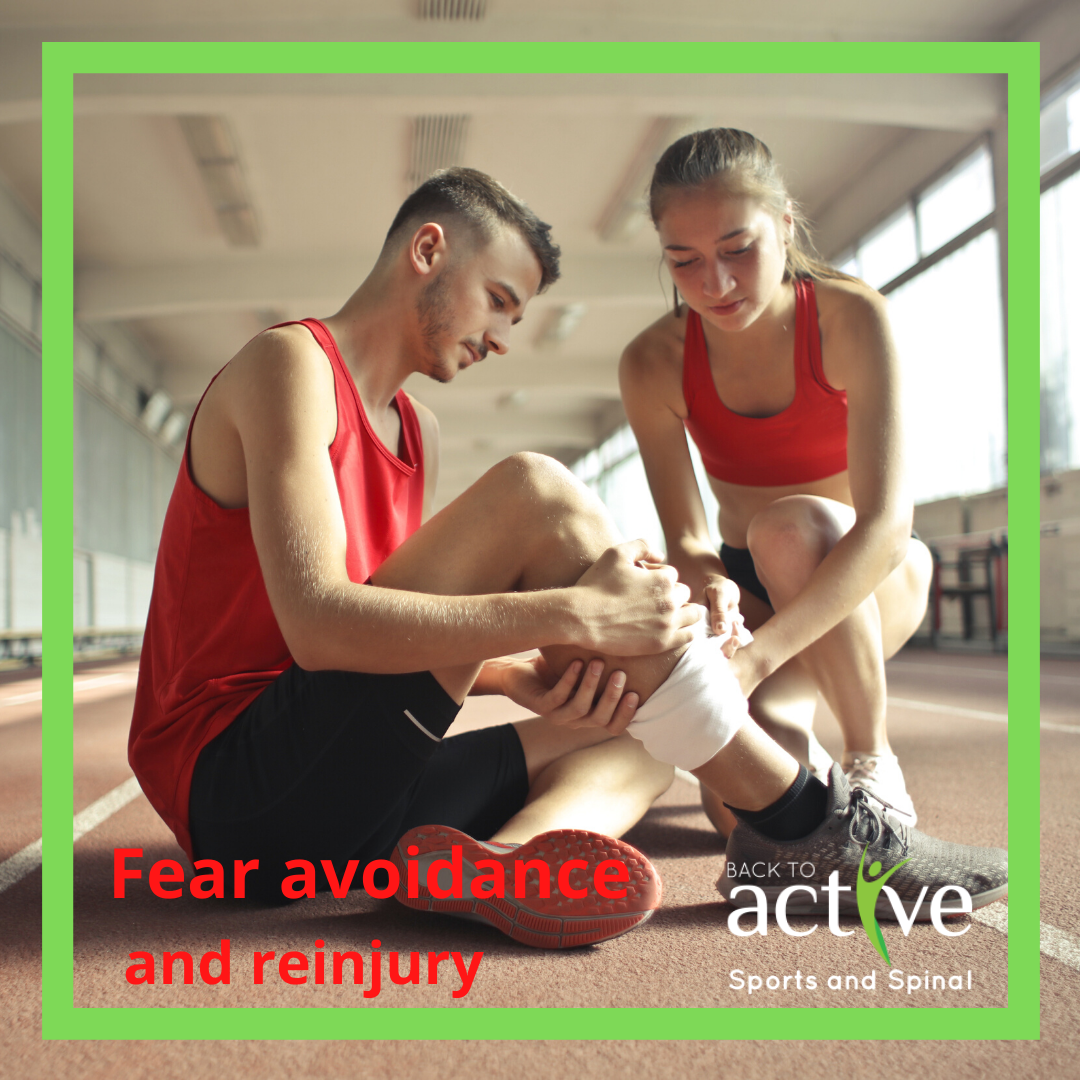Fear of reinjury – what does it do?

It’s easy to think of extrinsic factors being a cause of injury. Rocky surfaces, injuries due to being tackled or any other physical contact, and finally injuries due to slipping off shoe malfunctions. These are all extrinsic factors that are detrimental to us and can significant increase the risk of injury. But there are other intrinsic factors such as: poor biokinematics, poor proprioceptive or strength training, repetitive stress injury and the list goes on. The main one we will be focusing on is kinesiophobia, or the fear or reinjury through movement; this is also the primary psychosocial construct in the fear-avoidance model.
Kinesiophobia or the fear of a particular injury is often developed after a specific injury has taken place. This occurs because the body is consciously and subconsciously aware of the associated neuromuscular and physical deficits present following injuries; this then affects other factors such as strength, proprioception, and kinematics, which cascade into overall changes in motor control and function. The archetypal example in science is examining the success of rehab in players with anterior cruciate ligament reconstruction (after an ACL tear). Although surgeries are successful and Australian orthopaedics have a high sample of ACL patients due to the high incidence of this injury in Australia, the percentage of athletes that return to a competitive sport is only 44%.
But why does kinesiophobia occur? Pain is often not an associated issue. The issue is reinjury anxiety stemmed out of fear avoidance models. An athlete returning to volleyball after an ACL injury will jump with less gusto. A basketball player will be less inclined to make a euro step following a meniscus tear. A baseball player will be less inclined to pitch after they tear their radial and medial collateral ligament. Fear of reinjury may also cause altered muscle recruitment strategies, which increases the likelihood of actual reinjury. Conversely, the flip side is, athletes of a low level of fear of reinjury are associated with better knee outcomes after the injury followed by a reconstruction. In addition, athletes who returned to sport had less fear of reinjury and were more experienced and established athletes compared with athletes who did not return to sport.
Having even a slight fear or returning to sport, increases the risk injury in that particular sport. It’s a self-fulfilling prophecy.
So, what shall we do to combat this issue? Evidence has suggested imagination training (an effective training type for chronic pain. Another way of addressing the issue is demarcate clear goal setting/goal adherence and the routine psychological screening of relative fear. However, from a physiotherapy perspective, the expert opinion would be to continue training until confidence is solidified. This training may take part in various avenues. In the example of an ACL recon patient looking to get back into honours grade volleyball, he or she can first go back to lifting heavy squats and deadlift (high intensity/weight), then wean into gradual plyometrics and proprioception, thirdly undergo a similar trial sport that the player is unfamiliar to (i.e basketball), then finally weaning back into his professional sport. These avenues are merely a suggestion but integrating some sort of periodisation to optimise adaptation and novelty may be key.
